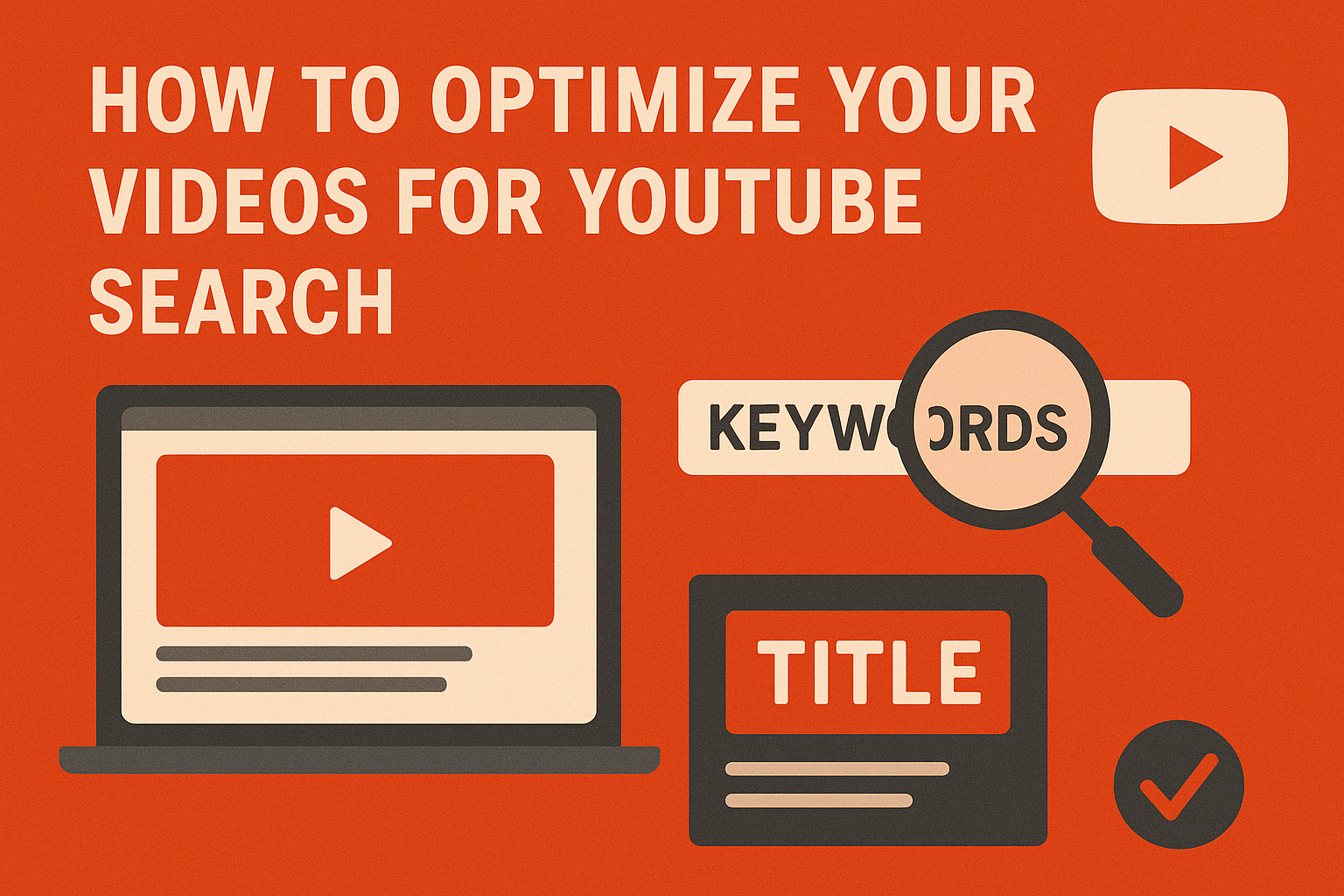Introduction
Content marketing is a strategic marketing approach focused on creating and distributing valuable, relevant, and consistent content to attract and retain a clearly defined audience—and, ultimately, to drive profitable customer action. In today’s digital landscape, content marketing is crucial for building brand awareness, engaging with your audience, and driving sales.
Understanding Your Audience
Before you start creating content, it’s essential to understand who your audience is. This involves creating detailed buyer personas, which are fictional representations of your ideal customers. Buyer personas help you understand your audience’s needs, preferences, and behaviors.
Creating Buyer Personas
Start by gathering data on your existing customers through surveys, interviews, and analytics. Identify common traits such as demographics, job roles, and buying behavior. Use this information to create detailed profiles that represent different segments of your audience.
Identifying Audience Pain Points
Understanding the challenges and pain points of your audience is crucial. This knowledge allows you to create content that addresses their specific needs and provides solutions to their problems.
Setting Clear Goals
Effective content marketing requires clear, measurable goals. Using the SMART goals framework (Specific, Measurable, Achievable, Relevant, Time-bound) ensures that your objectives are well-defined and attainable.
SMART Goals Framework
For example, instead of a vague goal like “increase website traffic,” a SMART goal would be “increase website traffic by 20% in the next six months by publishing three blog posts per week.”
Aligning Goals with Business Objectives
Ensure that your content marketing goals align with your overall business objectives. If your business goal is to increase sales, your content goal might be to generate more leads through targeted content offers.
Conducting a Content Audit
A content audit involves reviewing all the content you’ve already produced to assess its effectiveness. Identify what content has performed well, what hasn’t, and where there are gaps in your content library.
Reviewing Existing Content
Categorize your content by type, topic, and performance metrics. This helps you understand what topics resonate with your audience and which formats are most effective.
Identifying Gaps and Opportunities
Look for content gaps where your audience’s questions or needs aren’t being addressed. Use these insights to guide your future content creation efforts.
Choosing the Right Content Types
Different types of content serve different purposes and engage audiences in various ways. The key is to choose the right mix of content types that align with your goals and resonate with your audience.
Blog Posts
Blog posts are a staple of content marketing. They’re great for SEO, building authority, and providing valuable information to your audience.
Videos
Video content is highly engaging and can convey information quickly and effectively. Use videos for tutorials, product demos, and customer testimonials.
Infographics
Infographics are visually appealing and easy to share. They’re perfect for presenting data and statistics in an understandable way.
Podcasts
Podcasts are growing in popularity and offer a unique way to connect with your audience. They’re great for discussing industry trends, interviewing experts, and sharing insights.
Developing a Content Plan
A content plan outlines what content you will create, when you will publish it, and how you will promote it. A well-organized content calendar helps ensure consistency and keeps your content strategy on track.
Content Calendar
Use a content calendar to plan your content schedule. This helps you stay organized and ensures that you’re publishing content regularly.
Frequency and Consistency
Determine how often you will publish new content and stick to your schedule. Consistency is key to building and maintaining an engaged audience.
Content Creation
Creating high-quality content requires careful planning and execution. Focus on crafting compelling headlines, producing well-researched and engaging content, and incorporating visual elements to enhance your message.
Crafting Engaging Headlines
Your headlines should grab attention and entice readers to click. Use action words, numbers, and clear benefits to make your headlines more compelling.
Writing High-Quality Content
Ensure your content is well-written, informative, and provides real value to your audience. Use a conversational tone to make it more engaging and relatable.
Visual Elements and Multimedia
Incorporate images, videos, and infographics to break up text and make your content more visually appealing. Multimedia elements can also help illustrate your points more effectively.
SEO Optimization
Optimizing your content for search engines is essential for driving organic traffic. This involves keyword research, on-page SEO techniques, and building backlinks.
Keyword Research
Identify relevant keywords that your audience is searching for. Use tools like Google Keyword Planner or Ahrefs to find keywords with high search volume and low competition.
On-Page SEO Techniques
Optimize your content with proper on-page SEO techniques. This includes using keywords in your titles, headings, and meta descriptions, as well as optimizing your images and using internal links.
Link Building Strategies
Building backlinks from reputable websites can improve your search engine rankings. Reach out to industry blogs and websites for guest posting opportunities and collaborations.
Promoting Your Content
Creating great content is just the first step. Promoting it effectively ensures that it reaches your target audience. Use a mix of social media marketing, email marketing, and influencer collaborations to amplify your content’s reach.
Social Media Marketing
Share your content on social media platforms where your audience is active. Use engaging captions, hashtags, and visuals to increase engagement.
Email Marketing
Email marketing is a powerful way to promote your content directly to your audience. Send regular newsletters with your latest content and personalized recommendations.
Influencer Collaborations
Partner with influencers in your industry to expand your reach. Influencers can help promote your content to their followers and add credibility to your brand.
Engaging with Your Audience
Engagement is a two-way street. Encourage your audience to interact with your content by leaving comments and feedback. Respond to their interactions to build a strong community.
Encouraging Comments and Feedback
Ask questions and encourage discussions in your content. This not only increases engagement but also provides valuable insights into your audience’s thoughts and preferences.
Responding to Audience Interactions
Take the time to respond to comments and feedback. This shows your audience that you value their input and fosters a sense of community.
Measuring and Analyzing Performance
Tracking the performance of your content is crucial for understanding what works and what doesn’t. Use analytics tools to measure key metrics and adjust your strategy accordingly.
Key Metrics to Track
Monitor metrics such as website traffic, engagement rates, social shares, and conversion rates. These insights help you gauge the effectiveness of your content.
Tools for Analytics
Use tools like Google Analytics, SEMrush, and social media analytics to gather data on your content’s performance. These tools provide detailed reports and actionable insights.
Adjusting Your Strategy
Content marketing is not a set-it-and-forget-it strategy. Use the data you collect to make informed adjustments to your content plan. Stay flexible and adapt to changing trends and audience needs.
Using Data to Inform Changes
Analyze your performance data to identify what’s working and what’s not. Use these insights to refine your content strategy and improve your results.
Staying Flexible and Adaptive
The digital landscape is constantly evolving. Stay up-to-date with industry trends and be willing to adapt your strategy to stay relevant.
Content Repurposing
Repurposing content allows you to maximize its lifespan and reach a broader audience. Transform your content into different formats to suit various platforms and audience preferences.
Maximizing Content Lifespan
Repurpose blog posts into videos, infographics, or podcasts. This not only saves time but also extends the reach of your content.
Different Formats for Different Platforms
Different platforms require different content formats. Tailor your content to fit the preferences of each platform’s audience.
Budgeting for Content Marketing
Effective content marketing requires a budget. Allocate resources wisely to ensure you’re investing in the right areas.
Allocating Resources
Determine your content marketing budget based on your goals and available resources. Prioritize high-impact activities that deliver the best ROI.
Cost-Effective Strategies
Implement cost-effective strategies such as leveraging user-generated content, utilizing free tools, and repurposing existing content to stretch your budget further.
Conclusion
Creating an effective content marketing strategy takes time and effort, but the rewards are well worth it. By understanding your audience, setting clear goals, creating high-quality content, and promoting it effectively, you can build a successful content marketing strategy that drives results. Start small, stay consistent, and continually refine your approach based on data and feedback.
FAQs
What is the best type of content for marketing?
The best type of content depends on your audience and goals. Blog posts, videos, infographics, and podcasts are all effective content types.
How often should I publish new content?
Consistency is key. Aim to publish new content at least once a week, but find a schedule that works best for your resources and audience.
How do I measure the success of my content marketing?
Use analytics tools to track key metrics such as website traffic, engagement rates, social shares, and conversion rates.
What are common mistakes in content marketing?
Common mistakes include not understanding your audience, inconsistent publishing, lack of promotion, and not measuring performance.
How can I improve my content marketing strategy?
Continuously analyze your performance data, stay flexible, and adapt to changing trends. Repurpose content and experiment with different formats and platforms.



